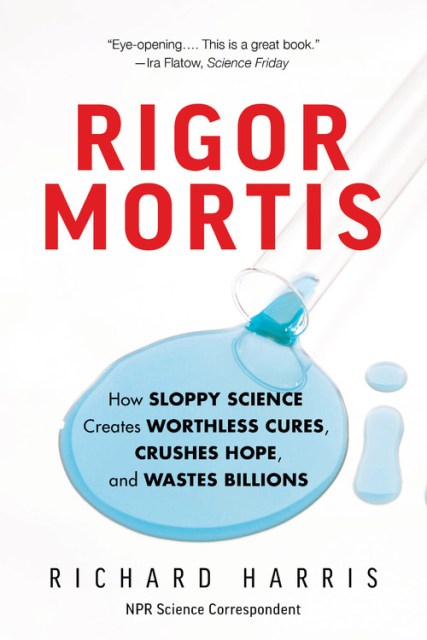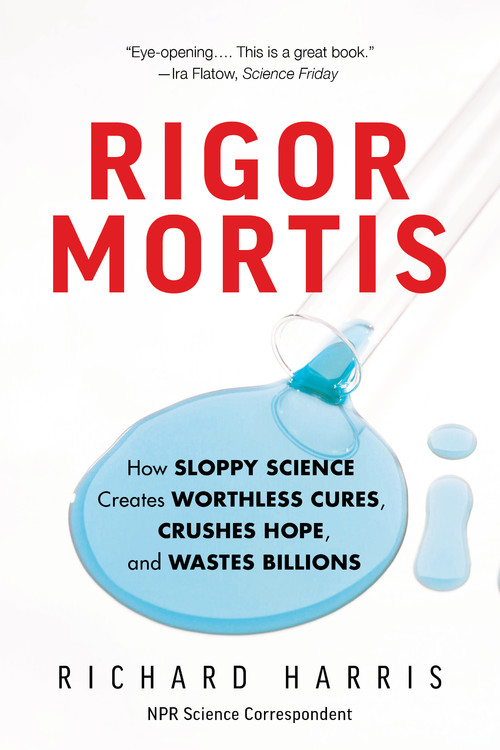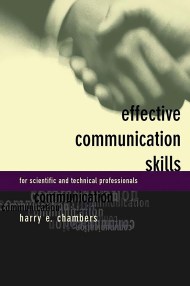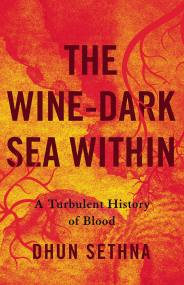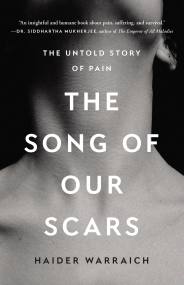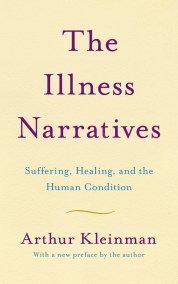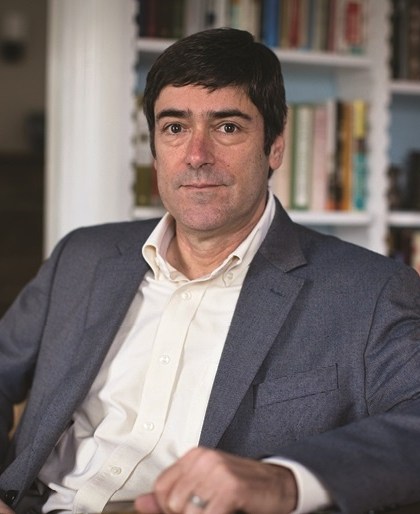Promotion
Use code MOM24 for 20% off site wide + free shipping over $45
Rigor Mortis
How Sloppy Science Creates Worthless Cures, Crushes Hope, and Wastes Billions
Contributors
Formats and Prices
Price
$17.99Price
$22.99 CADFormat
Format:
- Trade Paperback $17.99 $22.99 CAD
- ebook $11.99 $15.99 CAD
This item is a preorder. Your payment method will be charged immediately, and the product is expected to ship on or around May 1, 2018. This date is subject to change due to shipping delays beyond our control.
Also available from:
American taxpayers spend $30 billion annually funding biomedical research, but over half of these studies can’t be replicated due to poor experimental design, improper methods, and sloppy statistics. Bad science doesn’t just hold back medical progress, it can sign the equivalent of a death sentence for terminal patients. In Rigor Mortis, Richard Harris explores these urgent issues with vivid anecdotes, personal stories, and interviews with the top biomedical researchers. We need to fix our dysfunctional biomedical system — before it’s too late.
Genre:
- On Sale
- May 1, 2018
- Page Count
- 288 pages
- Publisher
- Basic Books
- ISBN-13
- 9781541644144
Newsletter Signup
By clicking ‘Sign Up,’ I acknowledge that I have read and agree to Hachette Book Group’s Privacy Policy and Terms of Use
